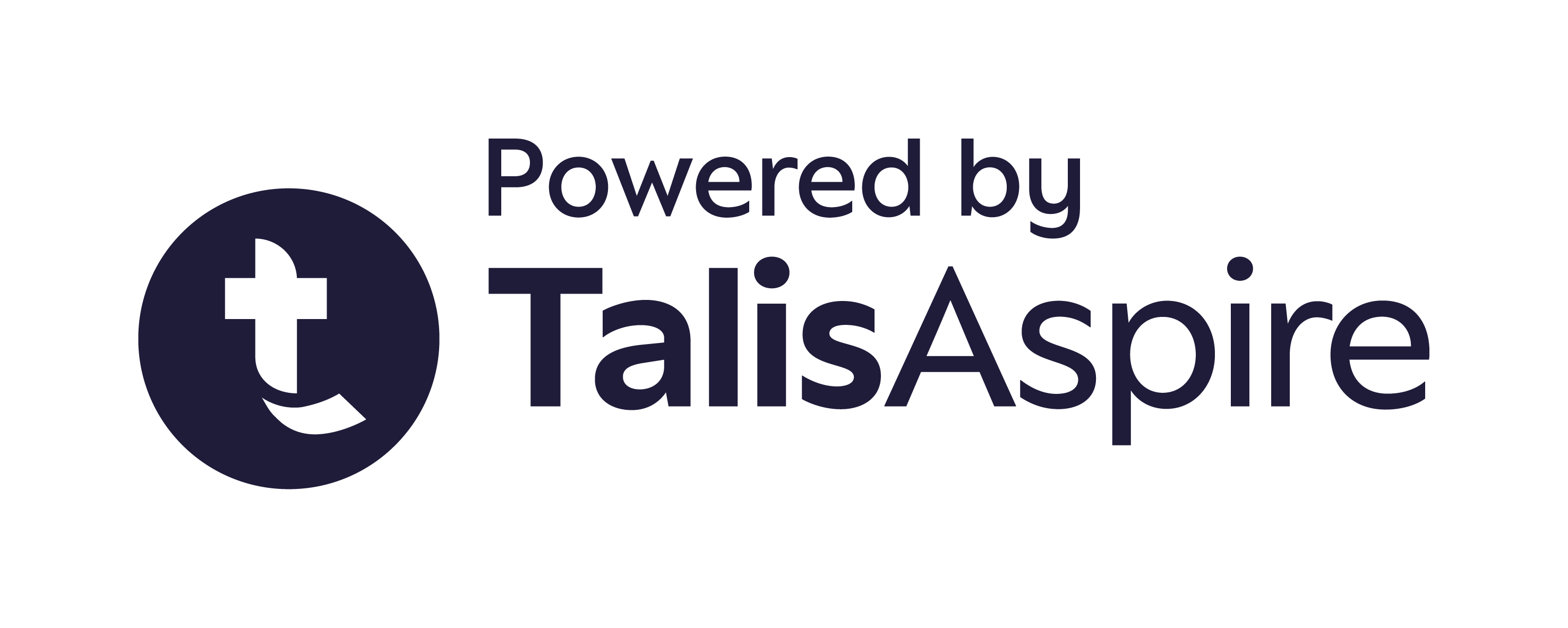Akhtar, PavMoore, Phoebe. (2016). The psychosocial impacts of technological change in contemporary workplaces, and trade union responses. International Journal of Labour Research, 8(2), 101–131. https://search.proquest.com/docview/1917279365?pq-origsite=gscholar
Angrave, D., Charlwood, A., Kirkpatrick, I., Lawrence, M., & Stuart, M. (2016). HR and analytics: why HR is set to fail the big data challenge. Human Resource Management Journal, 26(1), 1–11. https://doi.org/10.1111/1748-8583.12090
Boxall, P. (2003). HR strategy and competitive advantage in the service sector. Human Resource Management Journal, 13(3), 5–20. https://doi.org/10.1111/j.1748-8583.2003.tb00095.x
Boxall, P., Ang, S. H., & Bartram, T. (2011). Analysing the ‘Black Box’ of HRM: Uncovering HR Goals, Mediators, and Outcomes in a Standardized Service Environment. Journal of Management Studies, 48(7), 1504–1532. https://doi.org/10.1111/j.1467-6486.2010.00973.x
Collings, D. G. (2014). Toward Mature Talent Management: Beyond Shareholder Value. Human Resource Development Quarterly, 25(3), 301–319. https://doi.org/10.1002/hrdq.21198
Currie, G., & Procter, S. (2001). Exploring the relationship between HR and middle managers. Human Resource Management Journal, 11(3), 53–69. https://doi.org/10.1111/j.1748-8583.2001.tb00045.x
Dundon, T., & Rafferty, A. (2018a). The (potential) demise of HRM? Human Resource Management Journal, 28(3), 377–391. https://doi.org/10.1111/1748-8583.12195
Dundon, T., & Rafferty, A. (2018b). The (potential) demise of HRM? Human Resource Management Journal, 28(3), 377–391. https://doi.org/10.1111/1748-8583.12195
Dundon, T., & Rafferty, A. (2018c). The (potential) demise of HRM? Human Resource Management Journal, 28(3), 377–391. https://doi.org/10.1111/1748-8583.12195
Dundon, T., & Rafferty, A. (2018d). The (potential) demise of HRM? Human Resource Management Journal, 28(3), 377–391. https://doi.org/10.1111/1748-8583.12195
Enhancing the trustworthiness and credibility of HRD: Evidence-based management to the rescue? (n.d.). http://doras.dcu.ie/22810/
Esser, I., & Olsen, K. M. (2012). Perceived Job Quality: Autonomy and Job Security within a Multi-Level Framework. European Sociological Review, 28(4), 443–454. https://doi.org/10.1093/esr/jcr009
Farndale, E., Scullion, H., & Sparrow, P. (2010). The role of the corporate HR function in global talent management. Journal of World Business, 45(2), 161–168. https://doi.org/10.1016/j.jwb.2009.09.012
Fernández-Macías, E. (2012). Job Polarization in Europe? Changes in the Employment Structure and Job Quality, 1995-2007. Work and Occupations, 39(2), 157–182. https://doi.org/10.1177/0730888411427078
Findlay, P., Kalleberg, A. L., & Warhurst, C. (2013). The challenge of job quality. Human Relations, 66(4), 441–451. https://doi.org/10.1177/0018726713481070
Findlay, P., Warhurst, C., Keep, E., & Lloyd, C. (2017). Opportunity Knocks? The Possibilities and Levers for Improving Job Quality. Work and Occupations, 44(1), 3–22. https://doi.org/10.1177/0730888416689813
Grote, G., & Guest, D. (2017). The case for reinvigorating quality of working life research. Human Relations, 70(2), 149–167. https://doi.org/10.1177/0018726716654746
HR Metrics an Analytics: Uses and Impacts. (n.d.). https://ceo.usc.edu/files/2016/10/2004_08-g04_8-HR_Metrics_and-Analytics.pdf
Kalleberg, A. L. (2012). Job Quality and Precarious Work. Work and Occupations, 39(4), 427–448. https://doi.org/10.1177/0730888412460533
Kelliher, C., & Anderson, D. (2008). For better or for worse? An analysis of how flexible working practices influence employees’ perceptions of job quality. The International Journal of Human Resource Management, 19(3), 419–431. https://doi.org/10.1080/09585190801895502
Kelliher, C., & Anderson, D. (2010). Doing more with less? Flexible working practices and the intensification of work. Human Relations, 63(1), 83–106. https://doi.org/10.1177/0018726709349199
King, K. A. (2016). The talent deal and journey. Employee Relations, 38(1), 94–111. https://doi.org/10.1108/ER-07-2015-0155
King, K. G. (2016). Data Analytics in Human Resources. Human Resource Development Review, 15(4), 487–495. https://doi.org/10.1177/1534484316675818
Levenson, A. (2005). Harnessing the power of HR analytics. Strategic HR Review, 4(3), 28–31. https://contentstore.cla.co.uk//secure/link?id=4c99d11c-e940-e911-80cd-005056af4099
Lewis, R. E., & Heckman, R. J. (2006). Talent management: A critical review. Human Resource Management Review, 16(2), 139–154. https://doi.org/10.1016/j.hrmr.2006.03.001
Lo, K., Macky, K., & Pio, E. (2015). The HR competency requirements for strategic and functional HR practitioners. The International Journal of Human Resource Management, 26(18), 2308–2328. https://doi.org/10.1080/09585192.2015.1021827
Marler, J. H., & Boudreau, J. W. (2017). An evidence-based review of HR Analytics. The International Journal of Human Resource Management, 28(1), 3–26. https://doi.org/10.1080/09585192.2016.1244699
Nilsson, S., & Ellström, P. (2012). Employability and talent management: challenges for HRD practices. European Journal of Training and Development, 36(1), 26–45. https://doi.org/10.1108/03090591211192610
Orlitzky, M., & Frenkel, S. J. (2005). Alternative pathways to high-performance workplaces. The International Journal of Human Resource Management, 16(8), 1325–1348. https://doi.org/10.1080/09585190500220176
Paauwe, J., & Boselie, P. (2005). HRM and performance: what next? Human Resource Management Journal, 15(4), 68–83. https://doi.org/10.1111/j.1748-8583.2005.tb00296.x
Peter Boxall, Keith Macky. (2012). High‐performance work systems and organisational performance: Bridging theory and practice. Asia Pacific Journal of Human Resources, 45(3), 261–270. https://doi.org/10.1177/1038411107082273
Power To The New People Analytics. (n.d.). http://www.ohisolution.com/media/12201/Power-to-the-new-people-analytics_McK-Quarterly_March2015.pdf
Pritchard, K. (2010). Becoming an HR strategic partner: tales of transition. Human Resource Management Journal, 20(2), 175–188. https://doi.org/10.1111/j.1748-8583.2009.00107.x
Rappaport, A., Bancroft, E., & Okum, L. (2003). The aging workforce raises new talent management issues for employers. Journal of Organizational Excellence, 23(1), 55–66. https://doi.org/10.1002/npr.10101
Rasmussen, T., & Ulrich, D. (2015). Learning from practice: how HR analytics avoids being a management fad. Organizational Dynamics, 44(3), 236–242. https://doi.org/10.1016/j.orgdyn.2015.05.008
Shah, N., Irani, Z., & Sharif, A. M. (2017). Big data in an HR context: Exploring organizational change readiness, employee attitudes and behaviors. Journal of Business Research, 70, 366–378. https://doi.org/10.1016/j.jbusres.2016.08.010
Simón, C., & Ferreiro, E. (2018). Workforce analytics: A case study of scholar-practitioner collaboration. Human Resource Management, 57(3), 781–793. https://doi.org/10.1002/hrm.21853
Sivathanu, B., & Pillai, R. (2018). Smart HR 4.0 – how industry 4.0 is disrupting HR. Human Resource Management International Digest, 26(4), 7–11. https://doi.org/10.1108/HRMID-04-2018-0059
Smith, M., Burchell, B., Fagan, C., & O’Brien, C. (2008). Job quality in Europe. Industrial Relations Journal, 39(6), 586–603. https://doi.org/10.1111/j.1468-2338.2008.00507.x
Sparrow, P. R., & Makram, H. (2015). What is the value of talent management? Building value-driven processes within a talent management architecture. Human Resource Management Review, 25(3), 249–263. https://doi.org/10.1016/j.hrmr.2015.04.002
Storey, D. J., Saridakis, G., Sen-Gupta, S., Edwards, P. K., & Blackburn, R. A. (2010). Linking HR formality with employee job quality: The role of firm and workplace size. Human Resource Management, 49(2), 305–329. https://doi.org/10.1002/hrm.20347
Wilton, N. (2016). An introduction to human resource management (3rd edition). SAGE.
Wood, A. J. (2016). Flexible scheduling, degradation of job quality and barriers to collective voice. Human Relations, 69(10), 1989–2010. https://doi.org/10.1177/0018726716631396
Wright, C. (2008). Reinventing human resource management: Business partners, internal consultants and the limits to professionalization. Human Relations, 61(8), 1063–1086. https://doi.org/10.1177/0018726708094860
